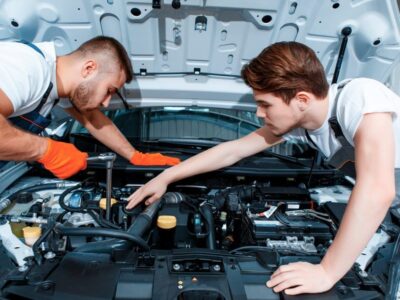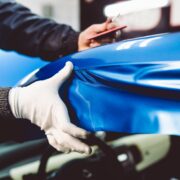Consumers are passionate about having an upgraded braking system that never fails to appear lucrative. This passion elevates the perceived importance of such a system, giving the garages a whole new plethora of options to distinguish its service offerings from other garages. But before knowing the system, it’s essential to know what performance is.
What is Performance?
Brake systems come with a primary function of conversion of kinetic energy to heat energy, exclusively by using friction that stops the car. High-performance brake systems manage these levels of heat and friction generated to effectively pull the car to a halt. This is what makes them different from the stock brakes. These high-performance brakes meet and exceed the standards and parameters set by the Federal Motor Vehicle Safety Standards (FMVSS). The varied performance requirements set differently for both streets and racing calls for specific rotor sizes, caliper designs, or even the formulation of the brake fluid. If you’re ever in need of refilling your brake fluid, Technodigm has a variety of precision dispensing solutions that can dispense an accurate volume of fluid consistently. Below are listed these components in detail:
Friction Materials
These performance brakes are made up of semi-metallic brake pads. The semi-metallic materials for friction use metal fibers that provide the structure and help achieve the desired amount of friction. The metals put to use are generally copper, steel, or other metals. They use abrasive qualities of these metals in both the pads and the rotor that generate friction. Few daily drivers also choose to have ceramic or non-asbestos organic formulations to increase adhesive friction.
Rotors
The main function of a rotor is to dissipate and absorb the heat that the friction generates. The rotors in this system have the slots cuts to liberate the heat. Also, they protect the edges from an initial pad bite. The holes decrease the weight and improve cooling. The size of these rotors reduces the rotational mass. Also for their size, they can best apply the brake torque.
Calipers
Calipers ensure that the hydraulic force is translated perfectly to the pads. Here the calipers have up to eight pistons that increase the effective area of braking. They are high-quality coated, plated, and finished that help to disperse the hydraulic pressure evenly till the backing plate from the master cylinder.
These kit components not only make up the real deal but also can alter the performance of the brakes even behind the wheels. CrossDrilledRotors.ca performance brakes provide excellent metallurgy and configuration that won’t let the safety and appearance go in vain.













Comments